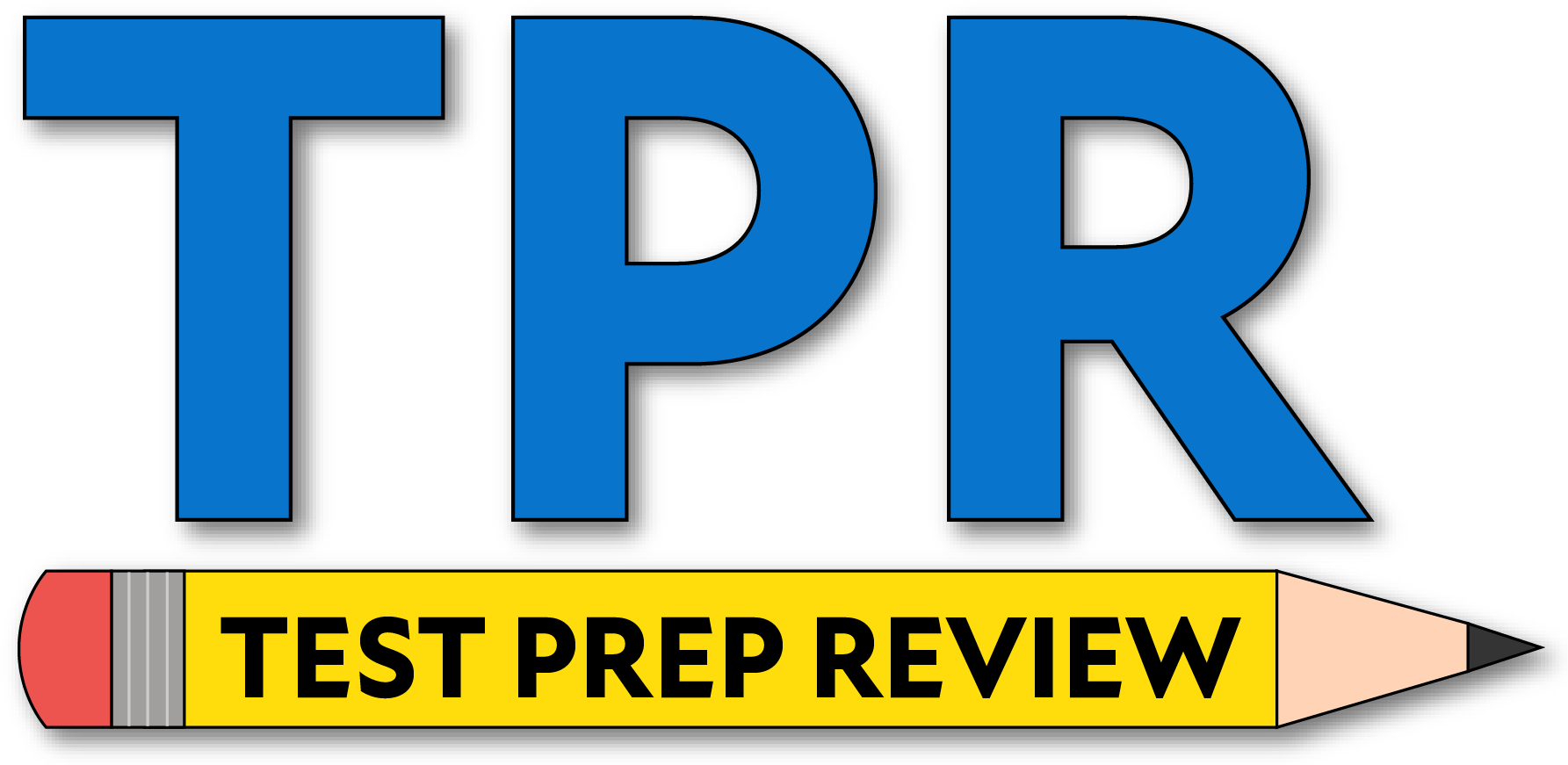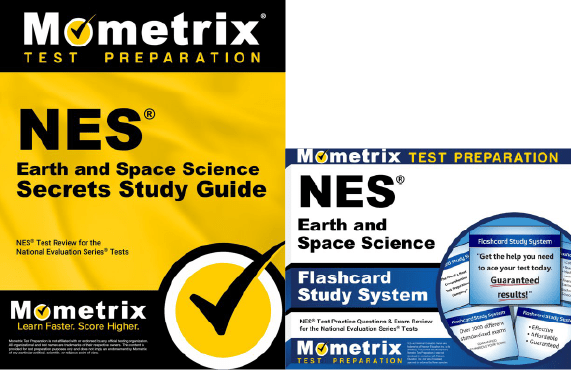If you need help studying for the NES Earth and Space Science test or just want some more information about what the test is like, you’ve come to the right place!
Click below to take a free NES Earth and Space Science practice test!
What’s on the Test?
The NES Earth and Space Science test contains 100 multiple-choice questions, and you’ll be timed at 2 hours.
The test is split into four sections:
1. Universe and Space Systems
25% of the exam
- Theories and supporting evidence for the origins of the universe
- Types and modes of detection for energy and matter in the universe
- Tools and techniques used to observe the universe
- Structures in the universe
- Different star types
- Processes that occur within a star
- Kepler’s and Newton’s laws
- Notable nonplanetary objects within the Sol system
2. Earth’s History and Processes
23% of the exam
- The geologic history of Earth
- Determining the age of strata and fossils
- Earth’s compositional and mechanical layers
- Physical and chemical processes involved in the formation of igneous, metamorphic, and sedimentary rocks
- Processes driving the movement of tectonic plates
- Plate interactions
- The lines of evidence for previous configurations of Earth’s tectonic plates
- Earthquakes
3. Earth’s Systems and Interactions
30% of the exam
- The structure, composition, and properties of the layers of the atmosphere
- Global atmospheric circulation patterns
- Types of surface winds
- The chemical and physical properties of fresh water and salt water
- Groundwater and surface water reservoirs
- Formation of waves and surface currents
- Ways in which substances cycle within and between Earth systems
- Factors that determine a region’s climate
- Historic climate patterns
- Energy transfers between surface features and the atmosphere
4. Natural Resources and Human Impacts
22% of the exam
- Transportation of renewable resources for various uses
- Human impacts on water sources
- Human impacts on soil development and soil health
- Types of biotic natural resources
- Causes, categorization, and damage mitigation methods for severe wind events
- Types of extreme weather events
- The scale and hazards of volcanic eruptions
- Climate patterns and feedback mechanisms
How to Register
To get started with the registration process, you’ll need to create an NES account on their website. You can then register for the exam via your account.
The testing fee is $119.
How the Exam is Scored
The exam is scored using a scaled scoring method. Here’s how it works:
For every question you answer correctly, you get one point added to your raw score. At the end of the test, your final raw score will be converted to a scaled score. This scaled score will range somewhere between 100 and 300.
The reason your raw score is converted to a scaled score is because everyone that takes the test is given a slightly different set of questions. Since everyone has a different arrangement of questions, and because some questions are harder than others, converting your raw score to a scaled score ensures a more even playing field.
FAQs
How many questions are on the NES Earth and Space Science exam?
The exam contains 100 questions.
What is the time limit for the NES Earth and Space Science exam?
The exam is timed at 2 hours.
What is the passing score for the NES Earth and Space Science exam?
You’ll need to get a final scaled score of at least 220 to pass.
How much does the NES Earth and Space Science exam cost?
The testing fee is $119.
NES and National Evaluation Series are trademarks of Pearson Education, Inc. or its affiliate(s). This page was developed by Mometrix Test Preparation. It was not developed in connection with Pearson Education, Inc., nor was it reviewed, approved or endorsed by these agencies.



 NES Study Guide
NES Study Guide NES Flashcards
NES Flashcards